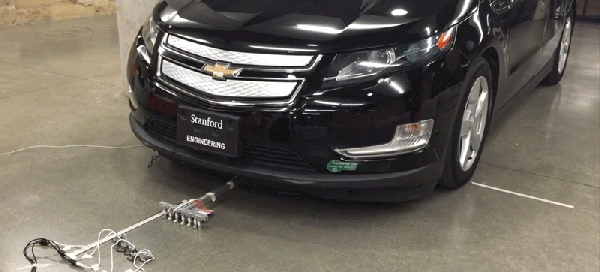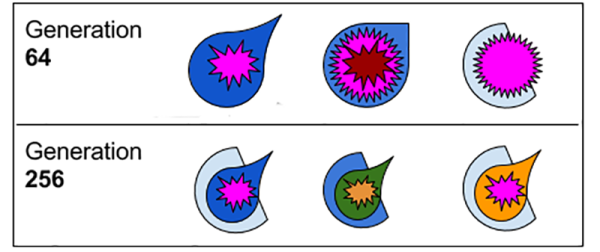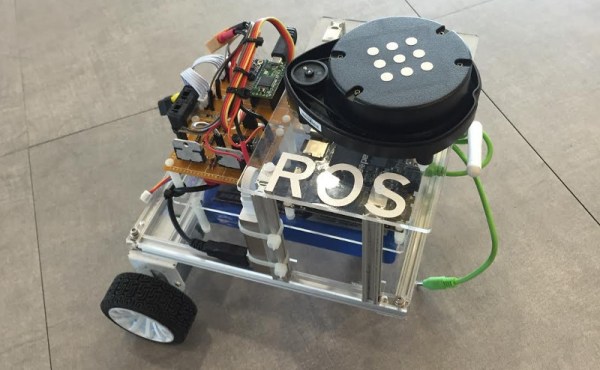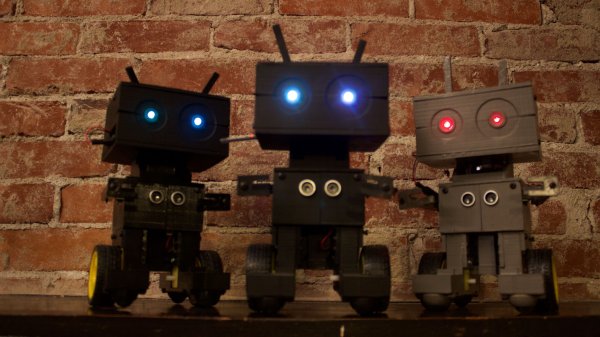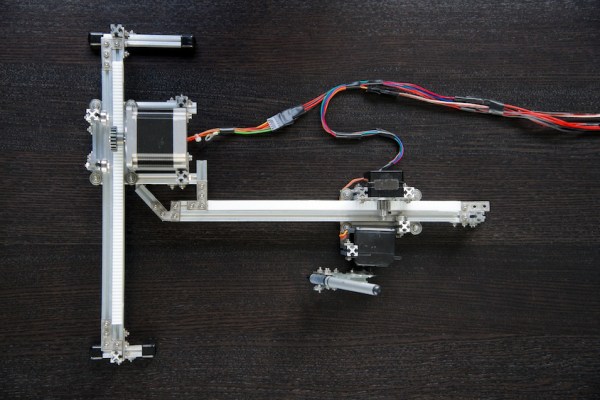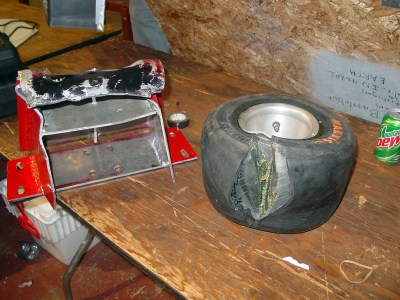Well, if you’re not scared about the singularity yet, how about now? Stanford robotics just demonstrated six MicroTug (μTug) minibots — weighing 100g together — move an 1800kg sedan on polished concrete.
The research is being performed at Stanford’s Biomimetrics and Dextrous Manipulation Lab by [David L. Christensen] of the Engineering department — the car being pulled? His. The tests were performed to determine the effectiveness of robotic teamwork — mimicking the behaviors shown by ants.
The robots use an adhesive technique as found in gecko feet to adhere themselves to the concrete, and use micro-winches to tug the car. Individually each μTug minibot can pull 23kg. The strength to weight ratio of the hoard of minibots is 18,000:1!
Continue reading “Cockroach-sized Robots Pull Full-Size Sedan”

